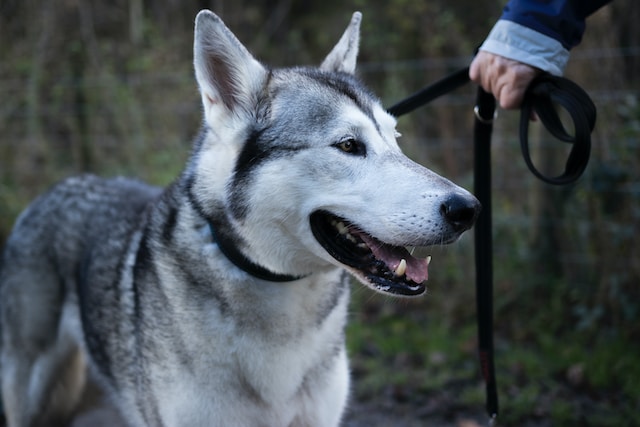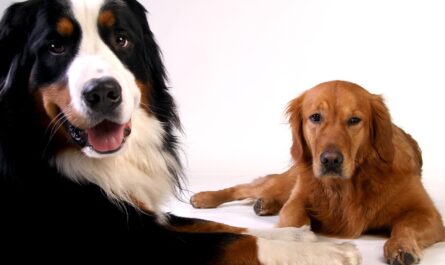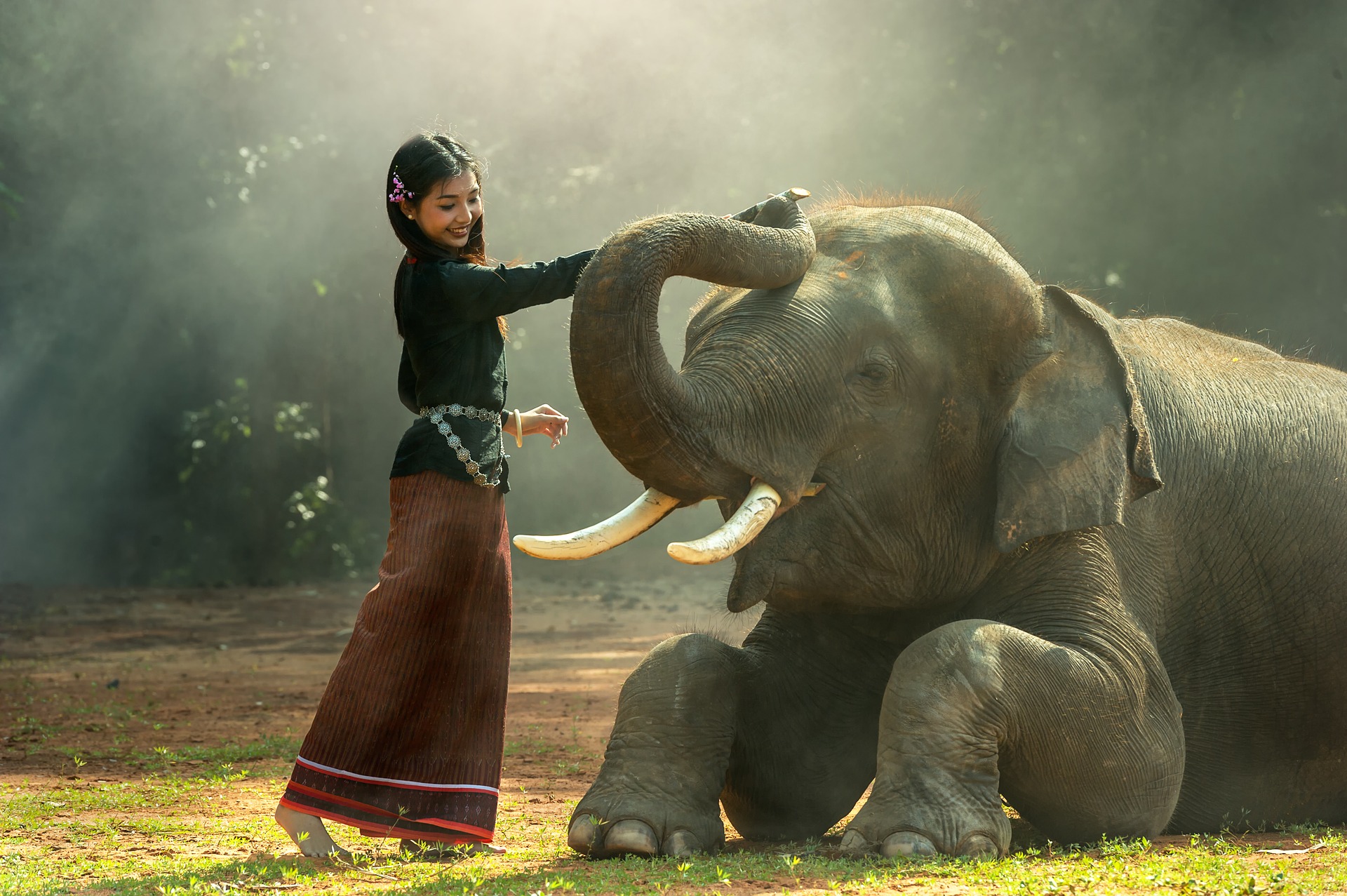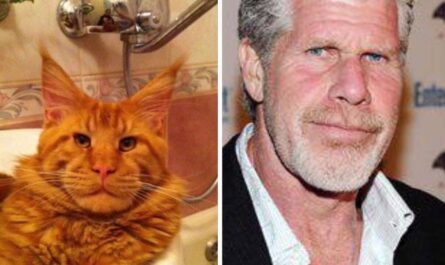Introduction
Husky Tibetan Mastiffs are magnificent dogs that possess a unique blend of strength, beauty, and loyalty. In this comprehensive guide, we will delve deep into the world of Husky Tibetan Mastiffs – from their origin and physical characteristics, temperament and suitability as family pets, to health care needs and their place as working dogs in pop culture – as well as answering frequently asked questions (FAQs). By the time this comprehensive guide concludes, you’ll gain a firm grasp on these magnificent creatures!
Physical Characteristics and Appearance
Size and Weight of Husky Tibetan Mastiffs
They are large and powerful dogs that typically reach 26- to 30-inches at their shoulders and weigh 90 to 150 pounds, while females stand 24-28inches and can range between 70 and 120 lbs.
Coat and Colors
One of the most striking features of It is their luxurious double coat. Dogs with this coat type typically boast dense outer coats that resist weather conditions while soft undercoats provide insulation against cold temperatures. There are multiple colors to choose from – black, gray, brown and red canines are popular choices. Some Husky Tibetan Mastiffs also exhibit stunning markings and patterns.
Facial Features and Expressions
With their noble and expressive faces, Husky Tibetan Mastiffs possess an air of grandeur. Their eyes are medium-sized and almond-shaped, radiating intelligence and confidence. They often have a black nose and well-developed jaws, giving them a powerful bite.
Differences Between Male and Female Husky Tibetan Mastiffs
While both genders share similar physical characteristics, there are subtle differences between male and female Husky Tibetan Mastiffs. Males tend to have a more imposing and robust appearance, with a larger size and heavier build. Females, on the other hand, exhibit grace and elegance while maintaining the breed’s characteristic strength.
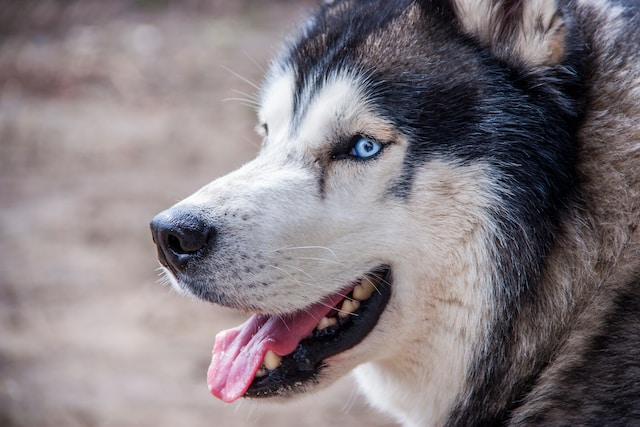
Temperament and Behavior
The Gentle Giant: Husky Tibetan Mastiffs’ Temperament
Despite their majestic appearance, they are known for their gentle and calm nature. They are incredibly loyal and form deep bonds with their families. While they can be reserved with strangers, their protective instincts make them excellent guard dogs.
Socializing Husky Tibetan Mastiffs
Socialization is crucial for Husky Tibetan Mastiffs to ensure they grow into well-rounded and confident dogs. Exposing them to various people, animals, and environments from an early age will help them develop good manners and prevent any potential behavioral issues.
Training and Obedience
They are intelligent and eager to please, making them relatively trainable. However, they can be independent at times, requiring a patient and consistent approach to training. Positive reinforcement techniques work best, as these dogs respond well to praise and rewards.
Common Behavior Issues and Solutions
Like any other breed, Husky Tibetan Mastiffs may exhibit certain behavior issues. These can include stubbornness, excessive barking, or possessiveness. Addressing these issues through proper training, socialization, and providing mental and physical stimulation is essential for a well-balanced companion.
Husky Tibetan Mastiffs as Family Pets
Husky Tibetan Mastiffs with Children
Husky Tibetan Mastiffs can be wonderful companions for children when raised together in a loving and supervised environment. Their patient and protective nature often make them excellent playmates and guardians for kids.
Compatibility with Other Pets
With proper socialization and introductions, Husky Tibetan Mastiffs can coexist peacefully with other pets, including dogs and cats. Early socialization and training help them understand appropriate behavior and develop positive relationships with their furry counterparts.
Exercise and Activity Needs
While Husky Tibetan Mastiffs have a calm demeanor, they still require regular exercise to maintain their physical and mental well-being. Daily walks, play sessions, and opportunities for exploration in a secure area are essential to keep them happy and content.
Grooming and Coat Maintenance
Due to their thick double coat, Husky Tibetan Mastiffs require regular grooming to keep their coats healthy and tangle-free. Brushing their fur a few times a week helps prevent matting, and regular nail trimming, teeth brushing, and ear cleaning should be part of their grooming routine.
Health and Care
Common Health Issues i
As with any dog breed, Husky Tibetan Mastiffs may be prone to certain health conditions. Common ailments for cats include hip and elbow dysplasia, progressive retinal atrophy and hypothyroidism. Regular veterinary examinations as well as providing nutritious diet can help ensure their long-term wellbeing.
Routine Veterinary Care and Vaccinations
To ensure the well-being of Husky Tibetan Mastiffs, routine veterinary care is crucial. Regular check-ups, vaccinations, and preventive measures against fleas, ticks, and heartworms are essential to keep them healthy and protected from common ailments.
Nutrition and Feeding Guidelines
A balanced and nutritious diet is essential for Husky Tibetan Mastiffs to support their growth and overall health. Consultation with a veterinarian can help determine the appropriate diet plan, considering factors such as age, activity level, and any specific dietary requirements.
Exercise and Physical Fitness
Regular exercise is vital for Husky Tibetan Mastiffs to maintain a healthy weight and prevent obesity. Engaging in activities that stimulate their minds and bodies, such as walks, runs, and interactive play, promotes their physical fitness and prevents boredom.

Husky Tibetan Mastiffs as Working Dogs
History as a Working Breed
Originally bred as guardian dogs in the Himalayas, They have a long history as working dogs. They were entrusted with protecting livestock and properties from predators, showcasing their bravery and loyalty.
Modern-Day Roles and Applications
In modern times, Husky Tibetan Mastiffs have adapted to various roles beyond their traditional duties. They excel in search and rescue operations, therapy work, and serving as service dogs for individuals with disabilities. Their versatility and intelligence make them well-suited for these tasks.
Training for Specific Jobs
To fulfill their potential as working dogs, Husky Tibetan Mastiffs require specialized training. Depending on the desired role, training programs focusing on obedience, scent detection, or specific tasks are necessary to hone their skills and ensure they can carry out their responsibilities effectively.
Famous Husky Tibetan Mastiffs in Work
Several notable Husky Tibetan Mastiffs have made their mark in various fields. From serving as avalanche rescue dogs to starring in movies, these exceptional dogs have captured the hearts of many through their achievements and contributions.
Husky Tibetan Mastiff Breeding
Responsible Breeding Practices
Responsible breeding practices are essential to preserve the health and temperament of the Husky Tibetan Mastiff breed. Reputable breeders prioritize the well-being of their dogs and adhere to breeding standards that promote genetic diversity and avoid hereditary health issues.
Finding a Reputable Breeder
Finding they puppy requires finding a reputable breeder that prioritizes the health and welfare of their dogs. Do your research, visit their facilities and request health clearances and certifications so you know you’re buying an outstanding pup!
Pregnancy and Whelping
Husky Tibetan Mastiff females require special care during gestation to ensure successful and healthy deliveries of their puppies. Routine veterinary check-ups, proper diet, and providing a safe whelping environment are crucial elements to the wellbeing of both mother and pups alike.
Caring for Husky Tibetan Mastiff Puppies
Caring for puppies involves providing a nurturing and stimulating environment. Proper nutrition, early socialization, and basic obedience training from a young age lay the foundation for their development into well-behaved and confident adult dogs.
Pop Culture
Husky Tibetan Mastiffs in Movies and TV Shows
The charm and regal presence of Husky Tibetan Mastiffs have caught the attention of filmmakers and television producers. These dogs have made appearances in various movies and TV shows, captivating audiences with their stunning looks and undeniable screen presence.
Famous Owners and Influencers
Numerous celebrities and social media influencers have fallen in love with Husky Tibetan Mastiffs, becoming proud owners and advocates for the breed. Their influence has helped raise awareness about these magnificent dogs and their unique qualities.
Symbolism and Representation
They hold cultural and symbolic significance in their native regions. They are often associated with protection, loyalty, and spiritual guardianship. Their presence in folklore, mythology, and religious traditions showcases their esteemed status.
FAQs
Are Husky Tibetan Mastiffs aggressive?
Husky Tibetan Mastiffs are not inherently aggressive. However, their protective nature means they may exhibit territorial behavior if not properly socialized and trained. Early and consistent socialization is key to raising a well-behaved and balanced Husky Tibetan Mastiff.
How much exercise do Husky Tibetan Mastiffs need?
Husky Tibetan Mastiffs require daily exercise, including walks, playtime, and mental stimulation. Aim for at least 30 to 60 minutes of moderate activity to keep them physically and mentally stimulated.
Can Husky Tibetan Mastiffs live in apartments?
While Husky Tibetan Mastiffs are large dogs, they can adapt to apartment living if provided with ample exercise and mental stimulation. However, access to a secure outdoor area is beneficial to meet their exercise needs.
What is the average lifespan of a Husky Tibetan Mastiff?
Husky Tibetan Mastiffs typically have a lifespan of 10 to 14 years, although some individuals may live longer with proper care, nutrition, and regular veterinary check-ups.
Are Husky Tibetan Mastiffs good guard dogs?
Yes, Husky Tibetan Mastiffs are excellent guard dogs. Their imposing size, protective instincts, and strong loyalty to their families make them effective at deterring potential intruders.
How often should I groom my Husky Tibetan Mastiff?
To maintain a healthy coat, Husky Tibetan Mastiffs should be brushed a few times a week. They shed moderately, with heavier shedding occurring during seasonal coat changes.
Do Husky Tibetan Mastiffs shed a lot?
Husky Tibetan Mastiffs have a moderate shedding level. While they do shed, regular grooming and brushing can help manage and minimize shedding.
Are Husky Tibetan Mastiffs suitable for first-time dog owners?
Husky Tibetan Mastiffs require experienced and knowledgeable owners who understand their needs and are committed to providing proper training, socialization, and care. They may not be the best choice for first-time dog owners unless they are willing to invest time and effort in learning about the breed.
Conclusion
In conclusion, Husky Tibetan Mastiffs are awe-inspiring dogs that embody strength, loyalty, and beauty. Understanding their origin, physical characteristics, temperament, suitability as family pets, health and care requirements, working capabilities, breeding practices, and their presence in pop culture provides a comprehensive view of this majestic breed. Whether as devoted family companions, working dogs, or symbols of cultural significance, Husky Tibetan Mastiffs continue to captivate hearts worldwide with their magnificence and unwavering devotion.
